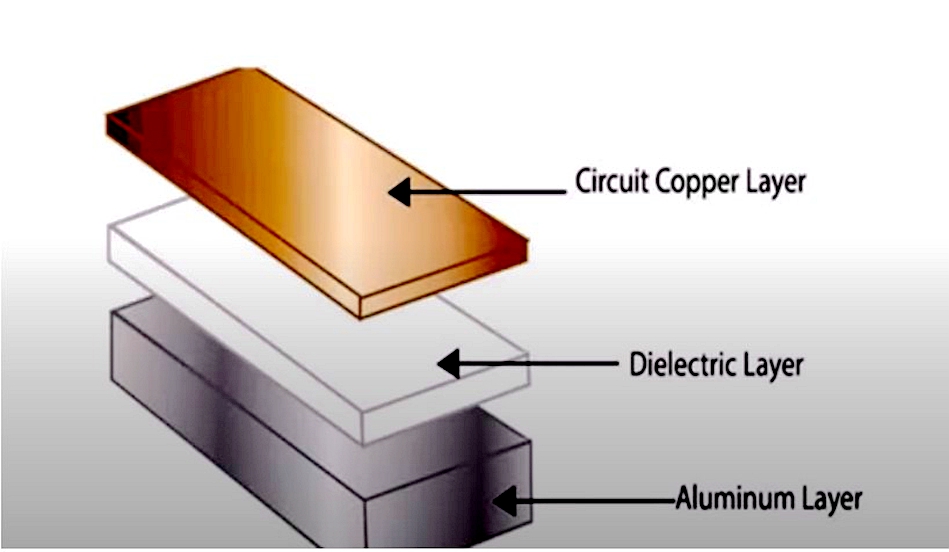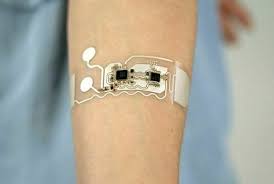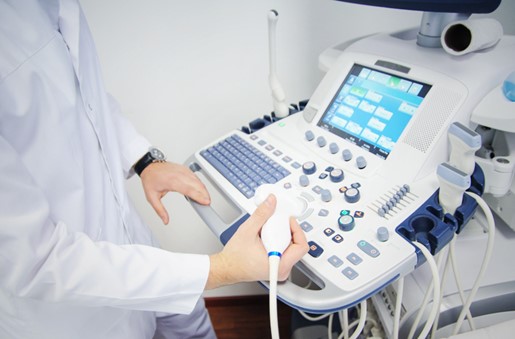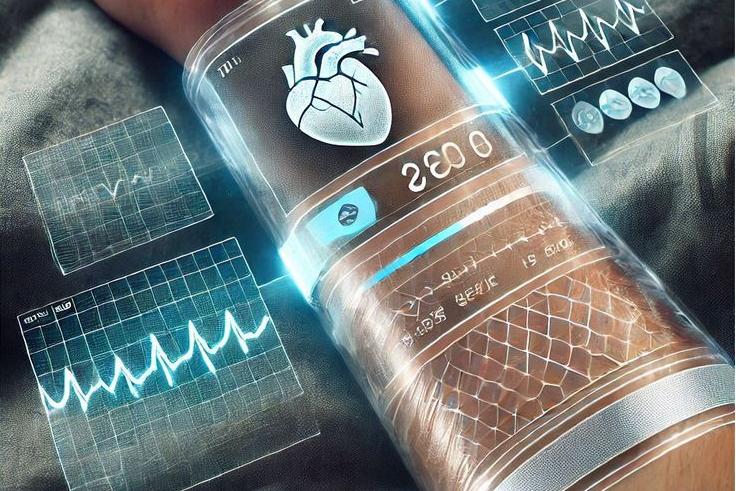In the fast-evolving world of healthcare technology, the reliability and safety of medical devices are non-negotiable. Aluminum PCBs (Printed Circuit Boards) have emerged as a critical component in ensuring that medical equipment performs consistently under demanding conditions. But why are aluminum PCBs so vital in medical applications, and how do they contribute to high reliability and safety? In this blog, we’ll dive deep into the role of aluminum PCBs in medical devices, exploring their benefits, applications, and the rigorous standards they must meet to ensure patient safety and device performance. Whether you're an engineer designing healthcare solutions or a manufacturer seeking medical-grade PCB solutions, this guide will provide valuable insights into aluminum PCB technology.
Why Aluminum PCBs Are Essential for Medical Devices
Medical devices, from diagnostic tools to wearable health monitors, rely on PCBs as their core electronic foundation. Aluminum PCBs stand out due to their unique properties, making them ideal for healthcare applications. Unlike traditional FR4 boards, aluminum PCBs use a metal base layer, typically aluminum, which offers superior thermal conductivity, durability, and resistance to harsh environments. These qualities are crucial in medical settings where devices must operate without failure, often in high-stress or temperature-sensitive scenarios.
For instance, in imaging equipment like MRI machines, the aluminum PCB helps manage heat dissipation during prolonged operation, ensuring the device remains stable. Their ability to withstand thermal stress—often handling temperatures up to 150°C—makes them a top choice for high-reliability PCB designs in healthcare. Additionally, their lightweight nature reduces the overall weight of portable medical devices, enhancing usability without compromising performance.

Key Benefits of Aluminum PCBs in Medical Applications
Aluminum PCBs offer several advantages that make them indispensable in the design of medical-grade PCBs. Below, we explore these benefits in detail to highlight why they are a preferred choice for healthcare devices.
1. Superior Thermal Management
Medical devices often generate significant heat during operation, especially in high-power equipment like ultrasound machines or laser therapy devices. Aluminum PCBs excel at dissipating heat, with thermal conductivity rates often ranging from 1 to 2 W/mK, far surpassing traditional materials. This prevents overheating, which could otherwise lead to component failure or inaccurate readings—critical issues in patient care.
2. Enhanced Durability and Reliability
In healthcare, device failure is not an option. Aluminum PCBs are built to last, resisting mechanical stress and vibration, which is vital for portable devices like defibrillators used in emergency situations. Their robust structure ensures consistent performance, even after thousands of operational cycles, making them a cornerstone of high-reliability PCB designs.
3. Resistance to Harsh Conditions
Medical environments often expose devices to sterilization processes, humidity, and chemical exposure. Aluminum PCBs are corrosion-resistant, ensuring longevity even when subjected to frequent cleaning or autoclaving. This durability aligns with the strict requirements for medical-grade PCB manufacturing.
4. Compact and Lightweight Design
Wearable health monitors and handheld diagnostic tools benefit from the lightweight nature of aluminum PCBs. Their thin profile allows for compact designs without sacrificing performance, meeting the growing demand for portable healthcare solutions.

Aluminum PCB Medical Applications: Real-World Examples
The versatility of aluminum PCBs allows them to be used across a wide range of medical devices. Here are some key applications where they play a pivotal role in ensuring reliability and safety.
1. Diagnostic Equipment
Devices like X-ray machines and CT scanners require precise signal transmission and minimal interference. Aluminum PCBs provide excellent electromagnetic shielding, reducing noise and ensuring accurate diagnostics. Their ability to handle high-frequency signals—often above 1 GHz in advanced imaging systems—makes them indispensable in this field.
2. Patient Monitoring Systems
From heart rate monitors to ventilators, patient monitoring systems rely on continuous, error-free operation. Aluminum PCBs support stable power distribution and heat management, ensuring these life-saving devices function without interruption.
3. Surgical and Therapeutic Devices
In surgical tools such as laser systems or robotic arms, aluminum PCBs manage high power loads while maintaining compact designs. Their thermal efficiency prevents overheating during long procedures, protecting both the device and the patient.
4. Wearable Health Technology
The rise of wearable devices for tracking vital signs has increased the demand for lightweight, durable PCBs. Aluminum PCBs enable the creation of small, efficient circuits that can withstand daily wear and tear while providing accurate data to healthcare providers.

Suggested Reading: Real-World Examples: Aluminum PCB Case Studies
Ensuring Safety: PCB Sterilization Methods for Medical Devices
Safety in medical devices goes beyond performance—it includes ensuring that components can withstand sterilization without degrading. Aluminum PCBs are compatible with various PCB sterilization methods, making them suitable for healthcare environments. Below are common sterilization techniques and how aluminum PCBs hold up under these conditions.
1. Autoclaving (Steam Sterilization)
Autoclaving uses high-pressure steam at temperatures around 121°C to sterilize equipment. Aluminum PCBs are designed with materials that resist moisture and thermal expansion, ensuring they remain functional after repeated cycles. Special coatings can further enhance their resistance to steam exposure.
2. Chemical Sterilization
Chemicals like ethylene oxide or hydrogen peroxide are often used to sterilize heat-sensitive devices. Aluminum PCBs are inherently corrosion-resistant, preventing damage from chemical exposure and maintaining their integrity over time.
3. UV Radiation
UV sterilization is increasingly popular for disinfecting medical tools. Aluminum PCBs can withstand UV exposure without degrading, ensuring that the electronic components remain reliable even after frequent sterilization.
Manufacturers must select PCB materials and finishes that align with the specific sterilization methods used in their target medical environment. This attention to detail is critical for maintaining patient safety and device longevity.
Designing High-Reliability PCBs for Healthcare
Creating high-reliability PCBs for medical devices requires careful consideration of design, materials, and manufacturing processes. Below are key factors that engineers must prioritize to meet the stringent demands of healthcare applications.
1. Material Selection
The choice of materials directly impacts the performance of aluminum PCBs. High-quality dielectric layers with low thermal resistance—often below 0.5°C/W—ensure efficient heat transfer. Additionally, selecting copper thickness (typically 1-2 oz) that balance conductivity and weight is crucial for maintaining signal integrity in medical circuits.
Suggested Reading: How to Choose the Best Dielectric Material for Aluminum PCBs
2. Compliance with Standards
Medical-grade PCBs must adhere to strict regulatory standards, such as ISO 13485 for medical device quality management and IPC-6012 for PCB performance. These standards ensure that the boards meet safety and reliability benchmarks, protecting both patients and healthcare providers.
3. Testing for Reliability
Rigorous testing is essential to validate the performance of aluminum PCBs in medical devices. Thermal cycling tests, which expose the board to temperature swings from -40°C to 85°C, simulate real-world conditions. Signal integrity tests, measuring impedance values (often targeting 50 ohms for high-speed signals), ensure accurate data transmission in critical applications.
4. Miniaturization and Precision
As medical devices become smaller, PCB designs must accommodate tighter layouts without sacrificing performance. Advanced manufacturing techniques, such as laser drilling for microvias, allow for precise placement of components on aluminum PCBs, supporting the trend toward compact healthcare solutions.
Challenges in Using Aluminum PCBs for Medical Devices
While aluminum PCBs offer numerous benefits, they also present certain challenges that engineers must address during design and manufacturing.
1. Higher Initial Costs
Compared to standard FR4 boards, aluminum PCBs can be more expensive due to their specialized materials and manufacturing processes. However, their long-term reliability and reduced maintenance costs often offset the initial investment in critical medical applications.
2. Design Complexity
Designing with aluminum PCBs requires expertise in thermal management and material compatibility. Engineers must carefully balance heat dissipation with electrical performance, often using simulation software to predict outcomes before production.
3. Limited Flexibility
Unlike flexible PCBs, aluminum boards are rigid, which may limit their use in certain wearable or foldable medical devices. In such cases, hybrid designs combining aluminum and flexible materials may be necessary.
Future Trends: Aluminum PCBs in Healthcare Technology
The role of aluminum PCBs in medical devices is set to grow as healthcare technology advances. Innovations like telemedicine, IoT-enabled health monitors, and AI-driven diagnostics will demand even higher performance from PCBs. Aluminum PCBs are well-positioned to meet these needs, thanks to ongoing improvements in material science and manufacturing precision.
For example, the integration of 5G technology in medical devices for real-time data transmission will require PCBs with exceptional signal integrity and low latency. Aluminum PCBs, with their ability to manage high-frequency signals, are likely to play a key role in this transformation. Additionally, advancements in biocompatible coatings will further enhance their compatibility with sterilization and in-body applications, such as implantable devices.

Conclusion: Building Trust with Aluminum PCBs in Medical Devices
Aluminum PCBs are a game-changer in the world of medical devices, offering unmatched reliability, thermal management, and durability. From diagnostic equipment to wearable health trackers, their applications in healthcare are vast and growing. By prioritizing high-reliability PCB design, adhering to strict safety standards, and ensuring compatibility with sterilization methods, manufacturers can create medical devices that save lives and improve patient outcomes.
At ALLPCB, we understand the unique demands of medical-grade PCB production. Our expertise in aluminum PCB manufacturing ensures that your healthcare solutions meet the highest standards of performance and safety. Whether you’re developing cutting-edge diagnostic tools or compact wearable devices, partnering with a trusted PCB provider is the first step toward success in the medical industry.
 ALLPCB
ALLPCB







